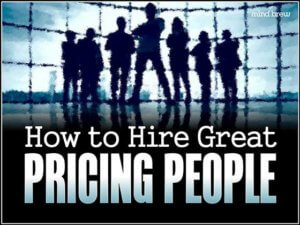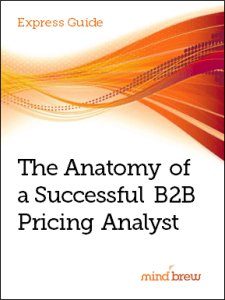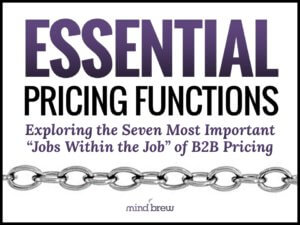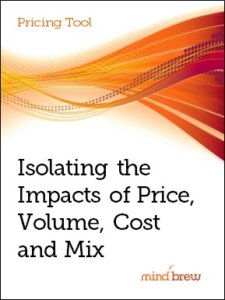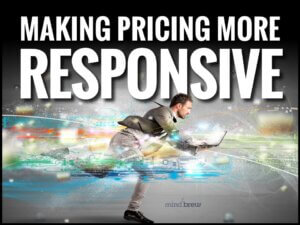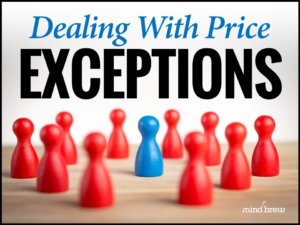It’s easy to spot a bad character in a movie or a TV show.
I’m not talking here about an evil villain or the guy wearing the black hat in the old Western. I’m talking about characters that are so poorly written or poorly acted that they are completely uninteresting and ineffective. Think of most of the “model-turned-actresses” who have clearly only been hired for their looks. Or Drago, the character played by Dolph Lundgren in Rocky 4. Or any character in a TV show or movie that includes the words “Power Rangers” in the title.
What makes these characters so boring and, well, bad, is that they are completely one-dimensional. They are all about one thing. Saving the universe. Destroying the universe. Punching Rocky. Looking good. They don’t have any other sides to their personalities.
Interestingly enough, you can also spot a bad pricing person this way. A bad pricing person will be one- or, at best, two-dimensional. But to be a really good pricing person, you have to be three-dimensional.
What do I mean by that?
When we talk to companies about hiring, they often mention that their best performers have skills in three distinct areas:
- Technical Pricing Knowledge and Skills. To be a good B2B pricing person, you have to have a good understanding of statistics, math, and the software you use to do your job. You also need an awareness of some key technical concepts like price segmentation, customer lifetime value, and differential value.
- Mindset, Attitutes, and Inclinations. Great B2B pricing practitioners also have a natural personality that makes them a good fit for the job. It’s a broad area, but it includes things like an affinity for data, business acumen, results-orientation, flexible tenacity, problem-solving capabilities, and diagnostic thinking.
- Organizational and Interpersonal Skills. Because B2B pricing is usually a team sport, you also need someone who can influence others. Look for someone who is good at communicating with non-pricing people and can motivate other people to change.
A “bad” pricing person will be really great in one of the areas, but not so hot in the other two. Most often, we see companies make the mistake of hiring a technical genius who, frankly, sucks at getting along with other people. That’s a bad pricing person.
One pricing leader said it best: “Someone with pretty good technical skills, who can get their ideas across and get others to change their behaviors, will almost always outperform a technical wizard that no one pays any attention to.”
Of course, it would also be a mistake to hire someone from, say, the sales team, who is really good at the interpersonal stuff but needs help putting together a basic spreadsheet.
What you really want is someone well-rounded. Someone who gets Bs in all three areas will be better than someone who gets an A in one dimension but Ds or Fs in the other two.
We explore these three dimensions in much greater detail in a couple of hiring resources: How to Hire Great Pricing People and The Anatomy of a Successful B2B Pricing Analyst. Hiring pricing people can be tricky, because you aren’t going to have candidates with a degree in pricing. But these resources can help you identify the best of the prospects that you do have and help you build a team that is truly exceptional.

